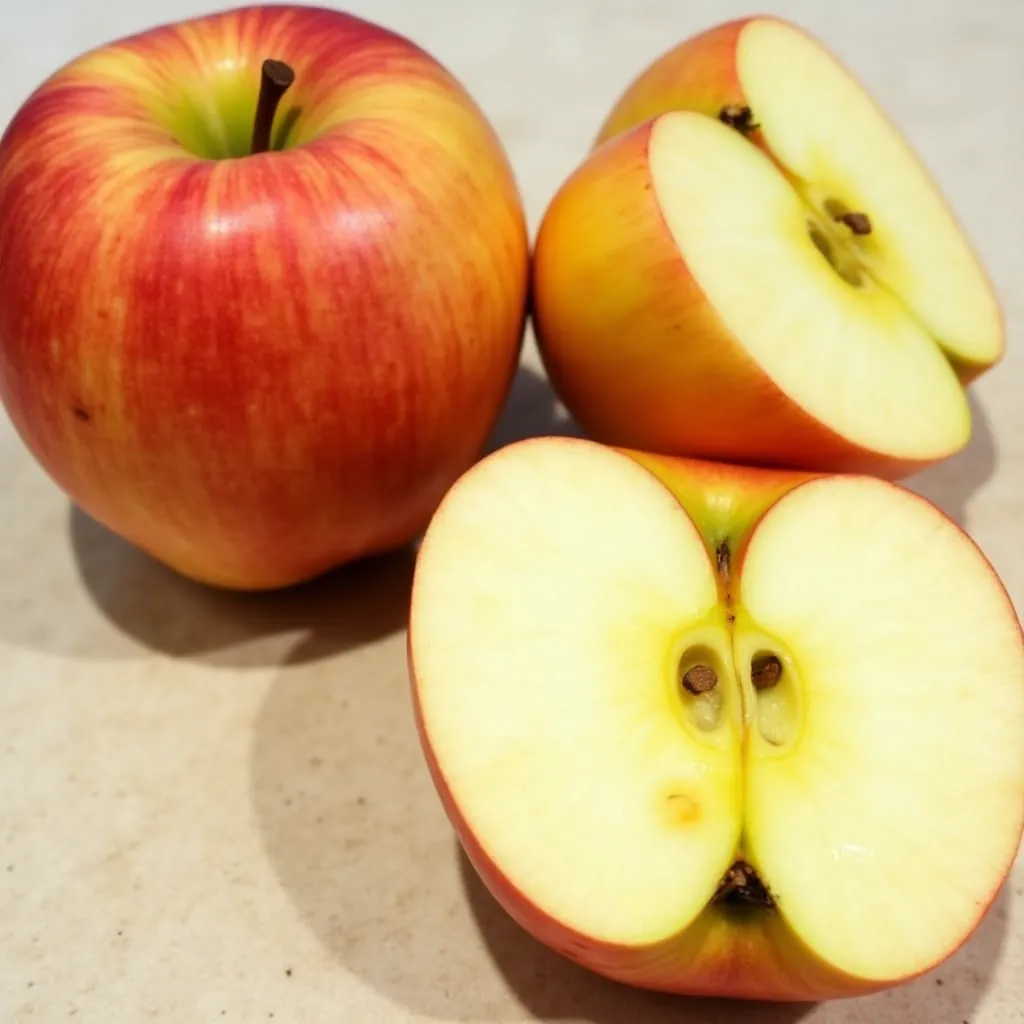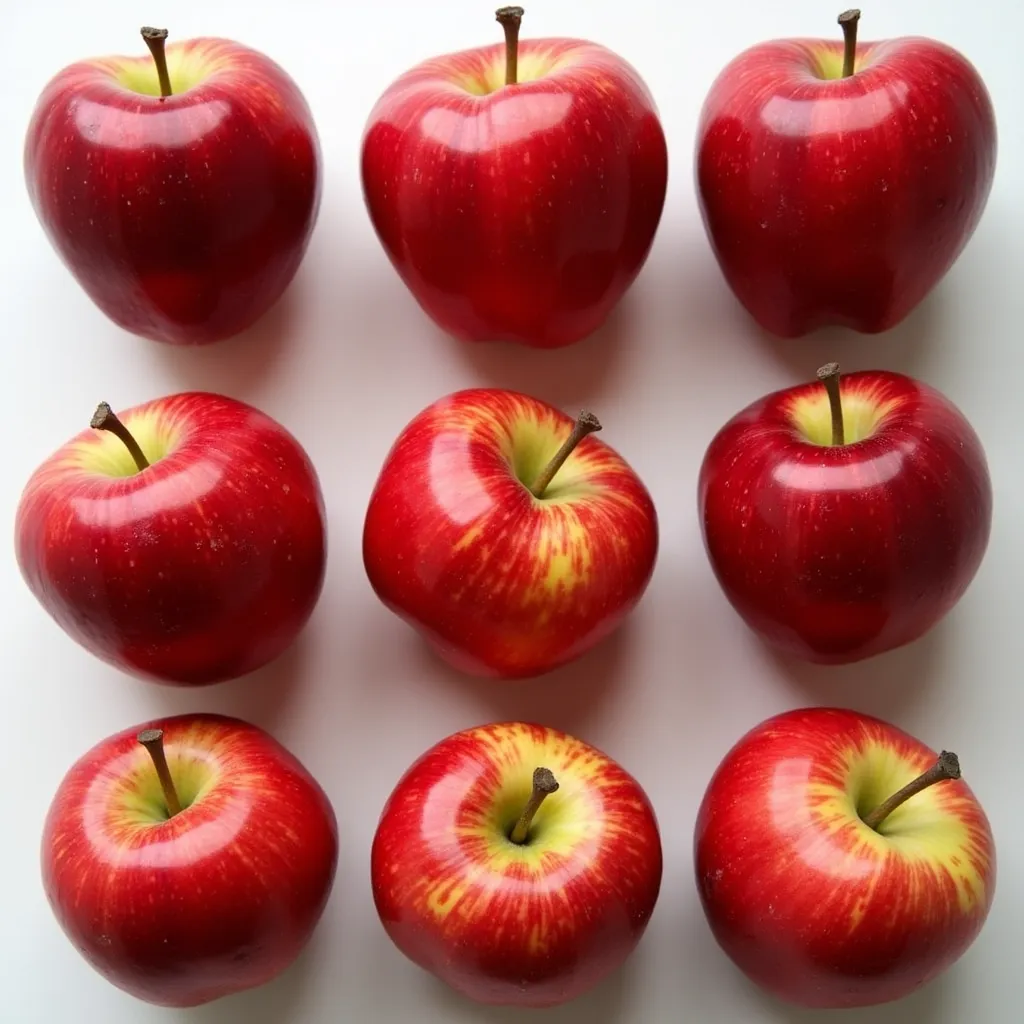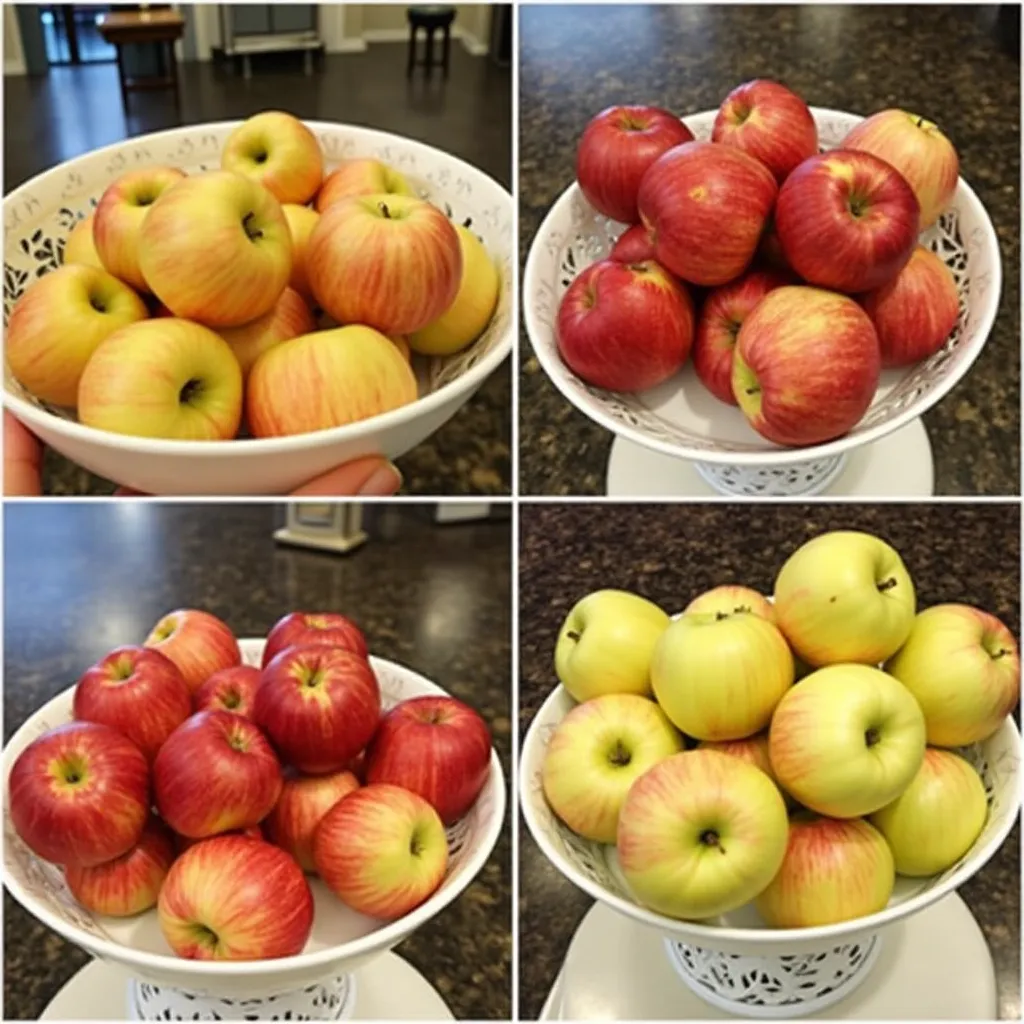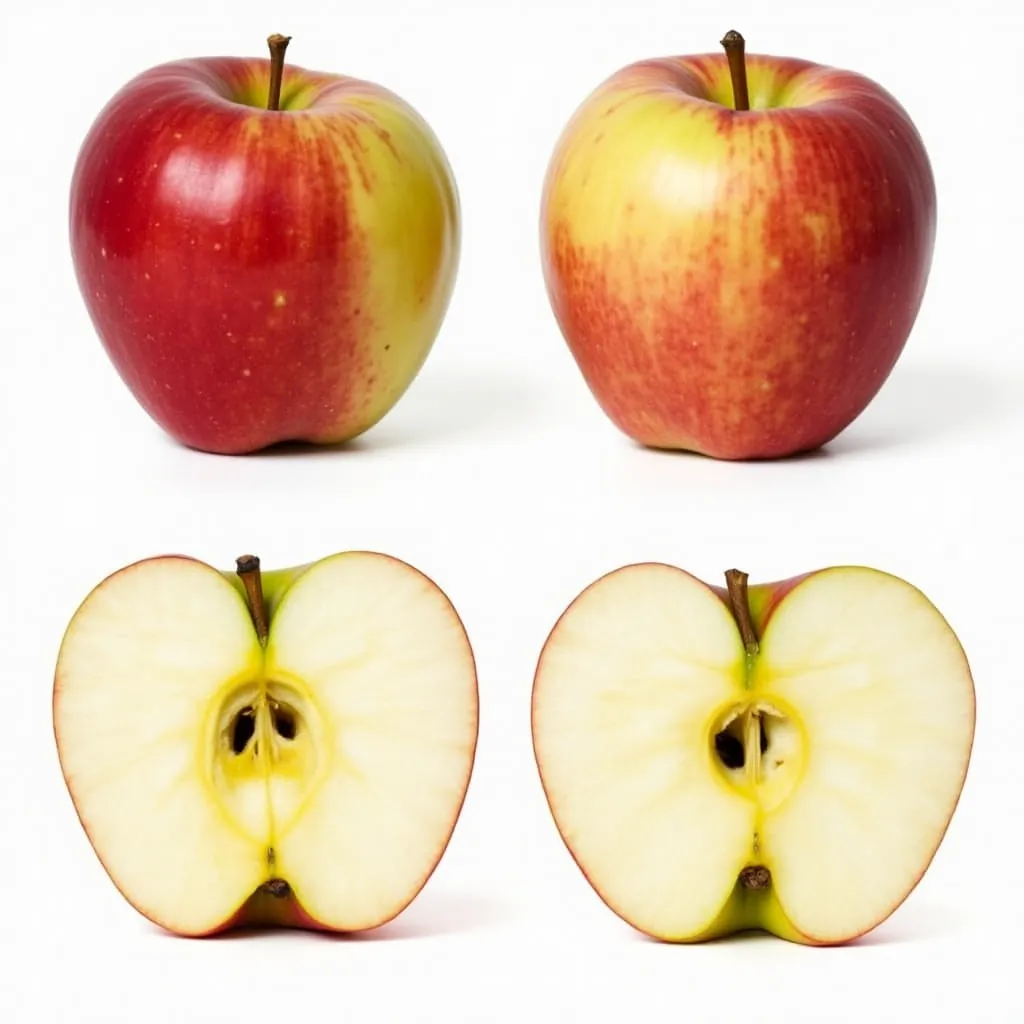· varieties · 4 min read
Jazz and Ambrosia Apples: Modern Sweet Varieties Guide
Explore the delightful qualities of Jazz and Ambrosia apples, two modern sweet varieties known for their exceptional flavor and texture. Learn about their characteristics, growing information, best uses, and more.

Variety Overview
Jazz and Ambrosia apples are celebrated as some of the best eating apples available, beloved for their modern appeal and consistently sweet flavor profiles. Ambrosia apples, including the popular Ambrosia Gold apple variant, and Jazz apples share a delightful crisp and firm texture, making them ideal for fresh eating. These sweet apple varieties are not only delicious but also visually appealing, with their characteristic striped patterns of red, yellow, and green hues. Their good storage life and mid-season harvest contribute to their popularity as readily available and versatile choices for both snacking and baking.
Characteristics
Jazz and Ambrosia apples offer a predominantly sweet flavor, often balanced with a subtle hint of tartness, creating a complex and satisfying taste experience. Their texture is notably crisp and firm, providing a pleasant crunch with each bite. Visually, these medium-sized apples are striking, showcasing a beautiful striped pattern that blends red, yellow, and green colors.
Growing Information
These varieties thrive in a summer growing season, typically reaching their harvest peak in mid-season. Cultivating Jazz and Ambrosia apples presents a moderate growing difficulty, with a moderate level of disease resistance. Gardeners should be prepared to provide standard orchard care, including pruning, pest control, and appropriate watering, to ensure a healthy and productive yield.
Best Uses
Jazz and Ambrosia apples are exceptionally versatile. Their primary use is for fresh-eating, where their sweetness and crispness shine. They are also well-suited for baking, adding a delightful sweetness and texture to pies, tarts, and muffins. Their firm texture holds up well when cooked, preventing them from becoming mushy.
History and Origin
Ambrosia apples originated in Canada around 1990, a chance seedling believed to be a cross between Gala and Golden Delicious apples. Their relatively recent introduction contributes to their classification as a modern apple variety. Jazz apples, while also modern, have a slightly different lineage but share similar modern breeding goals for sweetness and crispness.
Storage and Handling
With a good storage life, Jazz and Ambrosia apples can maintain their quality for several weeks when stored properly. For optimal freshness, keep them refrigerated in a crisper drawer or a cool, dark place. Avoid storing them with ethylene-producing fruits to prevent premature ripening.
Availability
These apples become readily available during the summer months, following their mid-season harvest. Their commercial popularity ensures wide distribution, making them accessible in most grocery stores and farmers’ markets throughout their season.
Selection Tips
When selecting Jazz or Ambrosia apples, look for specimens that are firm to the touch and have a vibrant appearance. The striped pattern should be distinct, and the colors should be bright, indicating freshness and ripeness. Avoid apples with bruises, soft spots, or signs of decay.
Comparison to Similar Varieties
Both Jazz and Ambrosia apples share a parent in Golden Delicious, inheriting some of its sweetness and balanced flavor profile. However, they distinguish themselves with a crisper texture and more vibrant striped appearance compared to the more solid-colored Golden Delicious. They also offer a more complex flavor than many heritage varieties. Compared to other modern sweet apples, they hold a unique place in texture and sweetness.
Common Uses
Expanding on their best uses, Jazz and Ambrosia apples are excellent choices for snacking, adding to salads for a sweet and crunchy element, or incorporating into fruit platters. In baking, their firm texture prevents them from breaking down completely, making them suitable for recipes where a defined apple texture is desired.
Growing Tips
For successful cultivation, consider the moderate growing difficulty and disease resistance of these varieties. Provide well-drained soil, adequate sunlight, and regular watering, especially during dry periods. Pruning to maintain an open canopy promotes air circulation and helps prevent fungal diseases. Monitoring for common apple pests and implementing appropriate control measures is also essential.


